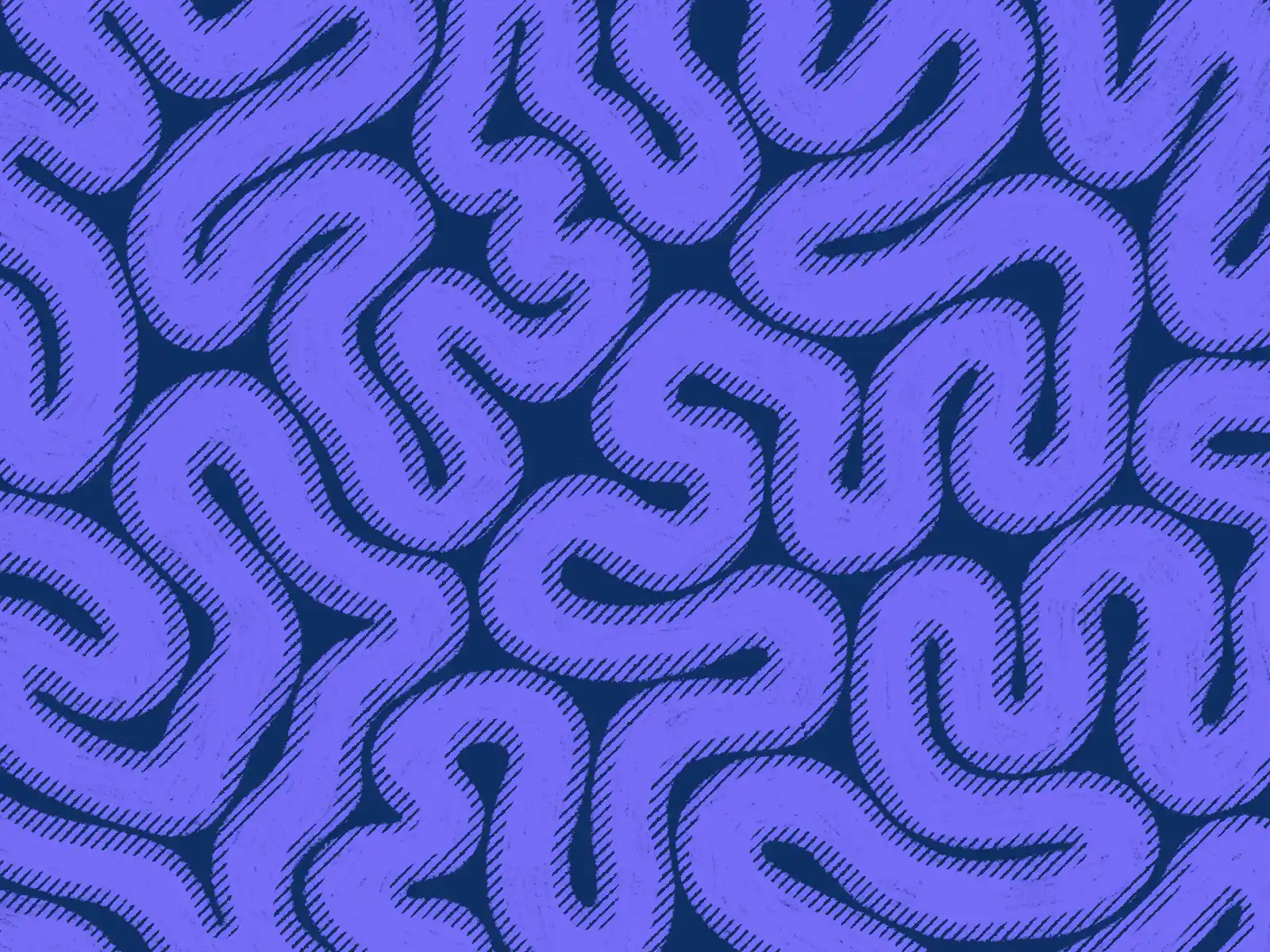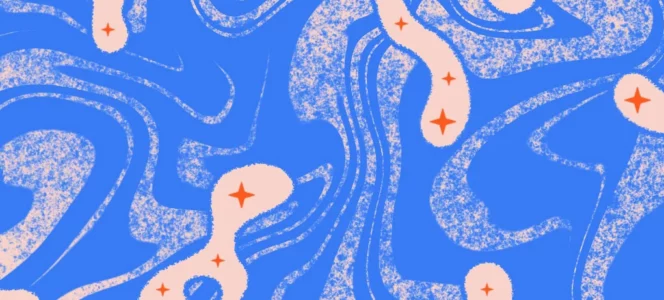Alongside my freelance illustration, I work full time at an agency as a designer and illustrator, 9-5 Monday to Friday, and naturally my neurological disease affects my job, but in more ways than my employers and colleagues could ever understand. The thing about living with a chronic condition, particularly those that are invisible, is that it has an impact on you, even when you’re not having an episode.
On days when I’m experiencing a migraine attack, I struggle with moving too much, light and smell sensitivity, loud noises, nausea as well as the trademark throbbing pain (think someone drilling into your skull). I’m also filled with anxiety and dread, and all I can think of in terms of my future is headaches and the pain it brings. The prescribed medication makes me fatigued, achy and foggy. I often have to put things on pause, but that can only stretch so far. With about 30-50% of my days being migraine days ranging from 3 to 10 in severity, I can’t afford to have it shut my life down, both financially, and from a getting-on-with-life point of view. I can’t have life happening at half speed at a time when the world is always speeding up.
On the other hand, days without migraine are riddled with their own challenges. I live with a glass of my favourite squash near me at all times, makings sure I keep hydrated. I avoid strong smells like pungent perfume, artificially-scented air fresheners, strong soaps and even some foods. When events are upcoming, I live in dread of a migraine that either means I have to cancel and let down loved ones, or push through the pain to at least be physically present there, even if my mind is not. I don’t drink alcohol, I don’t stay out late and I can’t carry out the exercise I should. I plan and make choices every day to limit my chances of triggering an attack and even then, it may not be enough.
Of course, with any invisible illness, it can be hard to get others to understand just how much it affects our lives. 1 in 7 people in the UK suffer with migraine, with it impacting women three times as much as men (the NHS). There’s the common misconception that migraine is simply a ‘bad headache’, with unsolicited advice about the disease being thrown in all directions, from “have you tried drinking water?” to “maybe you should eat less fish?” People often think that we’re choosing to miss out on things, that we’re ‘letting it win’ and should just push through it. I’ve also gotten pretty good at hiding the pain of it over the years which no-doubt does not help the perception of how much migraine affects me.
Imposter syndrome is something that I can confirm is an odd side-effect of living with a disease like migraine. Because I spend almost every day dealing with it, and am a for the most part successfully functioning adult, I get the regular feeling that I’m exaggerating my own suffering. That it’s ‘not as bad as I make out’. Even I think to myself, isn’t it just a headache?! Imagine thinking that about the cancer you’re battling, or life-long diabetes.


